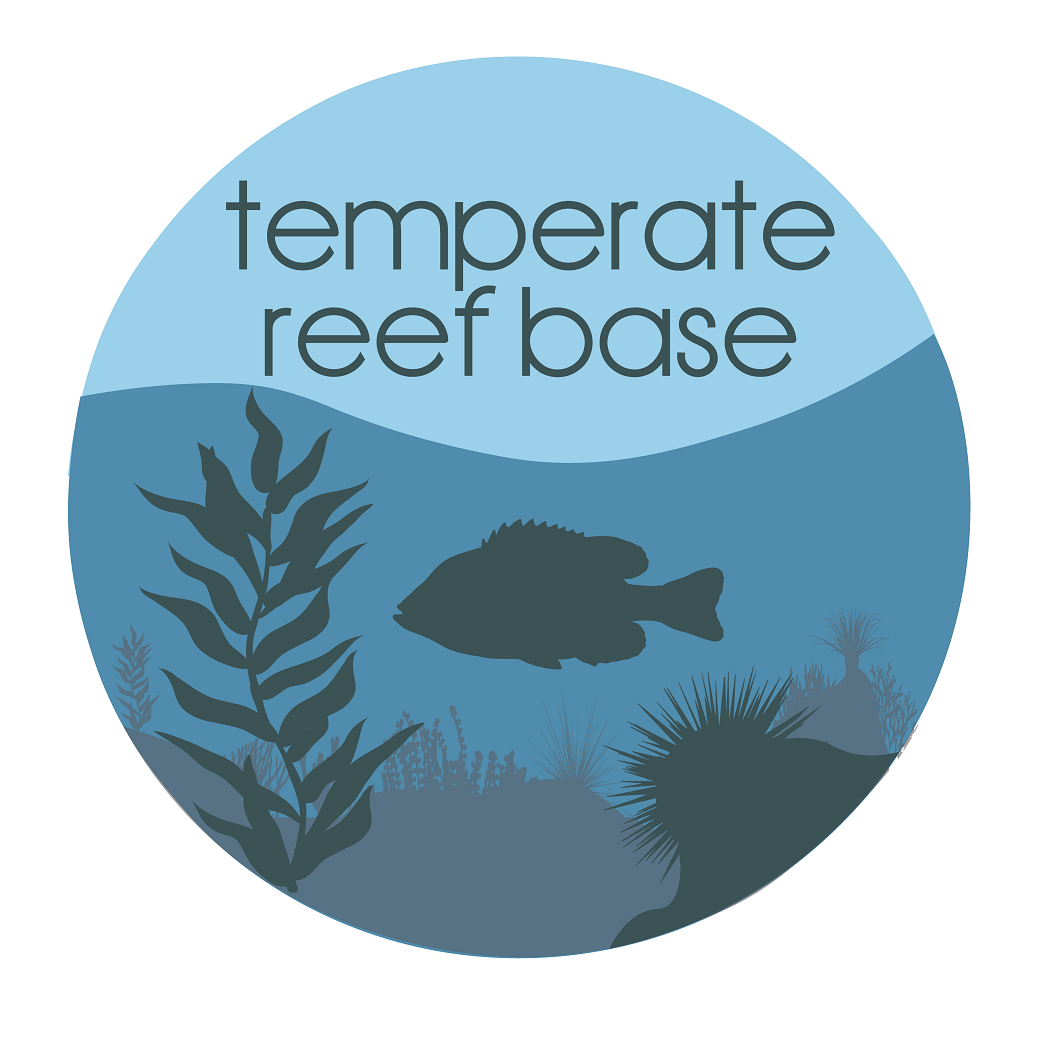SEAWIFS
Type of resources
Topics
Keywords
Contact for the resource
Provided by
-
This study employs data from two satellite-borne instruments namely, the Sea-Viewing Wide Field-of-view Sensor (SeaWiFS) and the Total Ozone Mapping Spectrometer (TOMS). This work was completed as part of an honours project under ASAC project 2210 (UV climate over the Southern Ocean south of Australia, and its biological impact). Further information about the project is available in the word document available for download (extract from the honours thesis). The fields in this dataset are: Region Year Day (Julian Day) Pixels (number of cloud free pixels from SeaWiFS sensor that were available for analysis) Mean Chlorophyll (milligrams per cubic metre) (derived from cloud free pixels) Standard Deviation Ozone (dobson units) from the TOMS sensor (average for whole region).
-
This data set comprises animations showing the spring/summer melt of sea ice in East Antarctica and the subsequent chlorophyll blooms. SMMR-SSM/I sea ice concentration data were obtained from the National Snow and Ice Data Centre, and AMSR-E sea ice concentration data from the University of Bremen. SeaWiFS and MODIS chlorophyll-a data were obtained from the OceanColor site. SeaWiFS and SMMR-SSM/I data were used for seasons prior to 2002/03; MODIS and AMSR-E data were used for later seasons. Chl-a data were averaged over 16-day periods. The animations also show the ETOPO2 bathymetry and the fronts of the Antarctic circumpolar current (Orsi et al. 1995).
-
---- Public Summary from Project ---- Understanding the strength of possible biological feedbacks is crucial to the science of climate change. This project aims to improve our understanding of one such feedback, the biogenic production of dimethylsulphide (DMS) and its impact on atmospheric aerosols. The Antarctic ocean is potentially a major source of DMS-derived aerosols. The project will investigate the coupling between satellite-derived aerosol optical depth, phytoplankton biomass and DMS production in the Antarctic Southern Ocean. From the abstract of the attached paper: We analysed the correlation between zonal mean satellite data on surface chlorophyll (CHL) and aerosol optical depth (AOD), in the Southern Ocean (in 5-degree bands between 50-70 degrees south) for the period 1997-2004), and in sectors of the Eastern Antarctic, Ross and Weddell Seas. Seasonality is moderate to strong in both CHL and AOD signatures throughout the study region. Coherence in the CHL and AOD time series is strong between 50-60 degrees south, however this synchrony is absent south of 60 degrees south. Marked interannual variability in CHL occurs south of 60 degrees south. We find a clear latitudinal difference in the cross-correlation between CHL and AOD, with the AOD peak preceding the CHL bloom by up to six weeks in the sea ice zone (SIZ). This is consistent with the ventilation of dimethysulphide (DMS) from sea-ice during melting, and supports field data that records high levels of sulfur species in sea-ice and surface seawater during ice-melt. The fields in this dataset are: Timeseries Worksheet: Date Mean Chlorophyll (mg CHL/cubic metre) Mean Aerosol Optical Depth (no units) 5 Day mean chlorophyll averages 5 day mean aerosol optical depth averages Correlation Worksheet: n - number lag r - correlation coefficient t - student t statistic Global Worksheet Column A = SeaWiFS filename Counter+1 is a counter to indicate the image number in series Date Mean Chlorophyll (mg CHL/cubic metre) Mean Aerosol Optical Depth (no units) Chlorophyll Standard Deviation Mean Aerosol Optical Depth Standard Deviation Chlorophyll Standard Error Mean Aerosol Optical Depth Standard Error Chlorophyll Count (the number of data 'pixels' in the image - the basic pixel size is 9x9km2) Mean Aerosol Optical Depth (the number of data 'pixels' in the image - the basic pixel size is 9x9km2)
 TemperateReefBase Geonetwork Catalogue
TemperateReefBase Geonetwork Catalogue